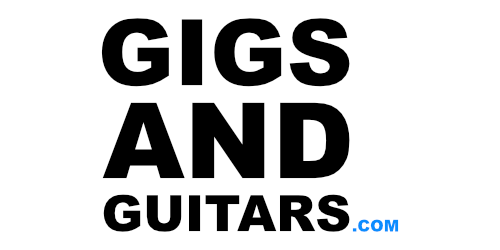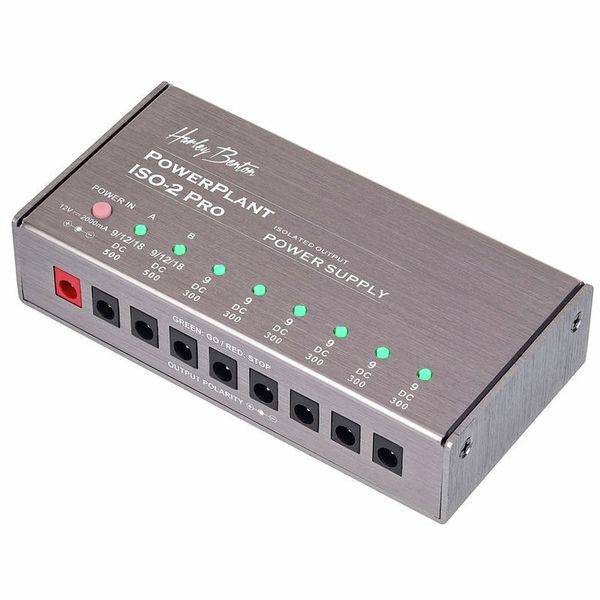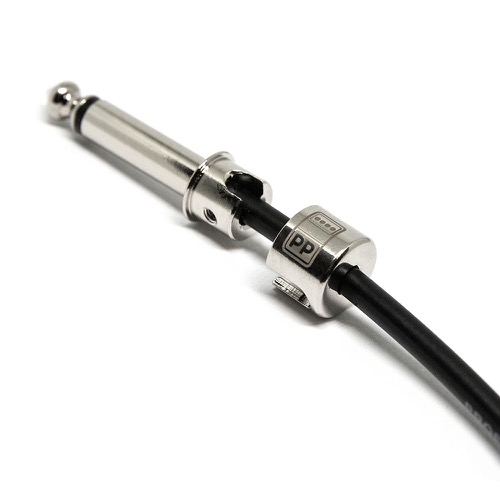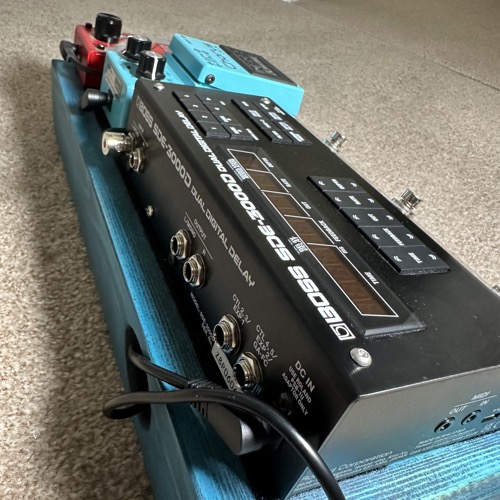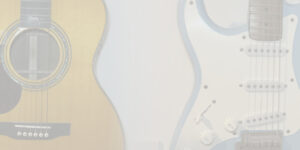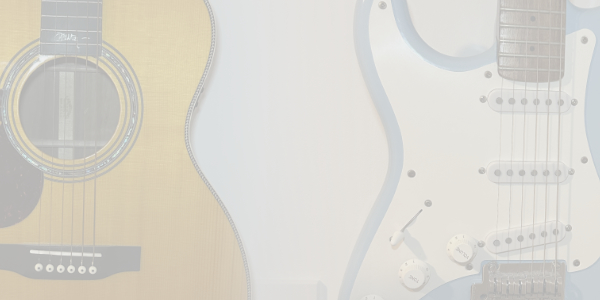
Top 5 Pedalboard Mistakes – What do people get wrong?
Introduction
Building a pedalboard is incredibly fun! You get to assemble all the pieces and customize it to make it truly your own. However, there are a few common mistakes I often see beginners make. So, I’ve put together a quick guide of our top 5 pedalboard mistakes and show you how to fix them, making your pedalboard not only easy to use but also easier to maintain and better-sounding!
This article won’t cover specific pedal recommendations—if that’s what you’re looking for, check out our Beginner’s Guide to Guitar Pedals (Read it here). Instead, we’ll focus on the actual board setup and construction! Let’s dive into the first of many pedalboard mistakes, which even I still catch myself making now and then: using too much Velcro!
Too Much Velcro!
Out of all the pedalboard Mistakes I see, I see all the time: people covering the entire underside of their pedals with Velcro, sticking them onto their pedalboards, and then struggling to remove them later! You don’t need that much Velcro! Just a small piece in each corner or a strip at the top and bottom will do.
If you frequently swap out pedals, using less Velcro makes them easier to remove—a definite plus! Now, if you’re touring or flying with your board, you might want to consider either adding more Velcro or mounting your pedals differently. However, for most players, a small dab of Velcro is plenty to keep each pedal secure.
Power! Isolated
You use a pedalboard to achieve great tones, so don’t let something as simple as “power” interfere! Dirty power can lead to all sorts of issues, especially unwanted fuzz and hiss. If your power source isn’t isolated, you’ll likely notice excess noise, making your pedalboard sound “off” and affecting your overall tone. It’s not pleasant and can make dialing in tones and playing a real challenge.
Clean up your power supply, and you’ll find everything sounds much clearer! Investing in a high-quality, isolated power supply will pay off in the long run. Buy once, buy quality—and you won’t need another for years to come!
If you are looking for better power but on a budget, then check out the Harley Benton Power supplies! Decent power supplies coming in at a good price! Check out the one below with our affiliate link!
"I’d realize I had no idea which cable was which, turning a simple replacement into a big task!"
Inadequate Cable Management
I used to do pedalboard mistake all the time! The excitement of building a pedalboard would take over, and I’d just throw it together, tuck the cables away, and think, “out of sight, out of mind.” But when it came time to swap a pedal, I’d realize I had no idea which cable was which, turning a simple replacement into a big task! Take the time when first setting up your board to organize the cables. Make sure you have easy access to everything you need, whenever you need it.
If you want a truly custom and tidy setup, check out Pedal Patch custom power and instrument cables. We’ve reviewed them, and I’ve been using them on all my boards since! I highly recommend them—they’re pricier than standard jack cables, but the clean look is worth it!
To much gear
We all love gear! But let’s be honest—we’ve all been guilty of buying too much gear. While buying and swapping out pedals is totally fine and keeps the hobby fresh, filling up your pedalboard just for the sake of it isn’t always the best move. In fact, I’d say most pedalboards have too many pedals! Are you really going to use every one of them? Consider how much space your board takes up and how often you end up “tap-dancing” during a gig.
Of course, certain music styles and projects might call for a large pedalboard. But for most players in blues, jazz, metal, or even wedding and function bands, I believe six pedals are more than enough for a gig! In my opinion, less is more—fewer pedals mean less to worry about! So, why do so many people overload their boards?
"How many of us can honestly say we sit down and turn each knob from left to right to explore its full potential?"
Not learning how to use their pedals
I fall into this Pedalboard mistake too! I’ve spent a lot on various pedals to chase a specific sound, only to realize I could have achieved it with the first pedal I tried—if I had just taken the time to learn it properly. There are tons of pedals out there with incredible features that people often want but don’t fully understand how to use. Take a moment to read the manual, get to know your pedal, and you’ll quickly see it’s way more powerful than you thought!
On the flip side, many players don’t truly explore how their pedal sounds. Take a Klon (or a Klon clone), for example: people often find a guitarist’s settings they like and stick with them. But without experimenting, they might never learn how to adjust the pedal to fit their own style, so they end up selling it and buying a new one. If you spend time learning what each knob does, you’ll understand how to shape the sound. How many of us can honestly say we sit down and turn each knob from left to right to explore its full potential? Doing this will help you find your ideal sound on almost any pedal!
BONUS: Checking and maintaining (Batteries and connections)
We know we said five pedalboard mistakes, but here’s one more that’s simple and essential: check your gear! Every now and then, give your board a once-over. Make sure all cables are secure and functioning, input and output jacks aren’t corroded, and any pedals running on batteries are charged and ready to go. This won’t change your tone, but it will definitely reduce stress before a gig—you won’t have to unpack everything and hope it all works! It’s one less thing to worry about during setup.
If all your pedals run on a power supply, check that they all switch on, produce sound, and are free of crackling noises. Ensure no cables are under high tension, as this can lead to breakage or accidental unplugging. Overall, give your board a quick inspection to confirm that everything is in top shape and performing as expected!
Conclusion
So, those are our top 5 pedalboard mistakes! Do you find yourself making any of these? Or maybe you have some other common habits? Let us know! Is there anything we missed?
If you’re looking to buy gear for your pedalboard, feel free to use our Thomann affiliate link below—it’s a great way to support the site, helping us create more content like this, all at no extra cost to you. Thanks for reading, and happy playing!
If you want to support the site then please give us a follow on Instagram and subscribe to our YouTube.
- Check out our other Articles here
- Thomann Affiliate Link
